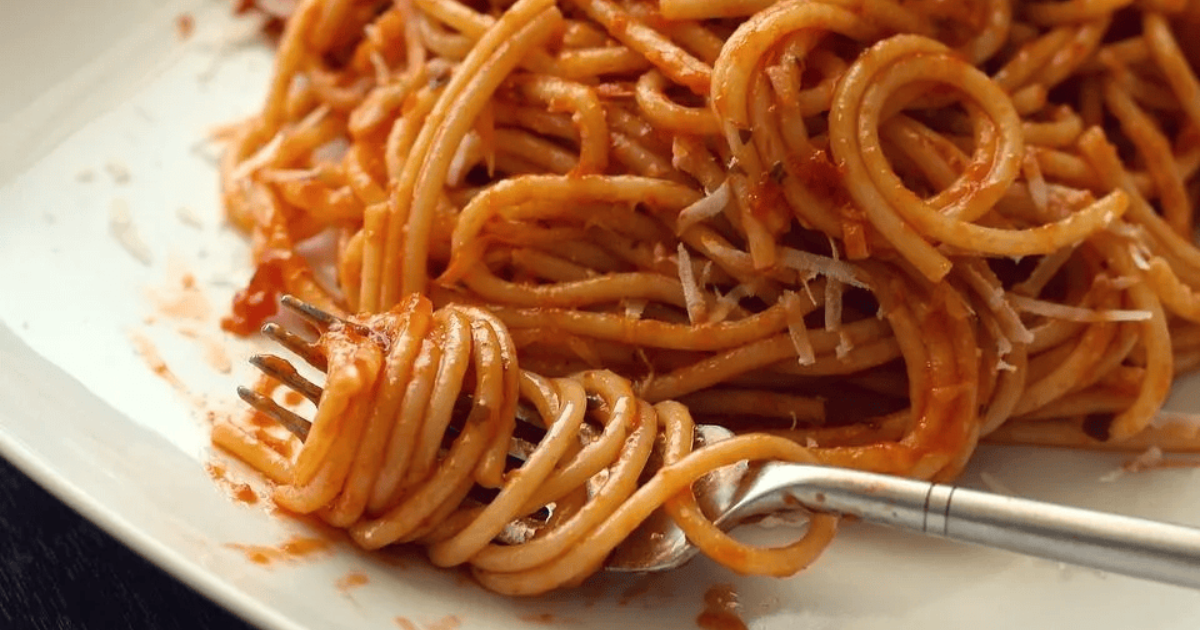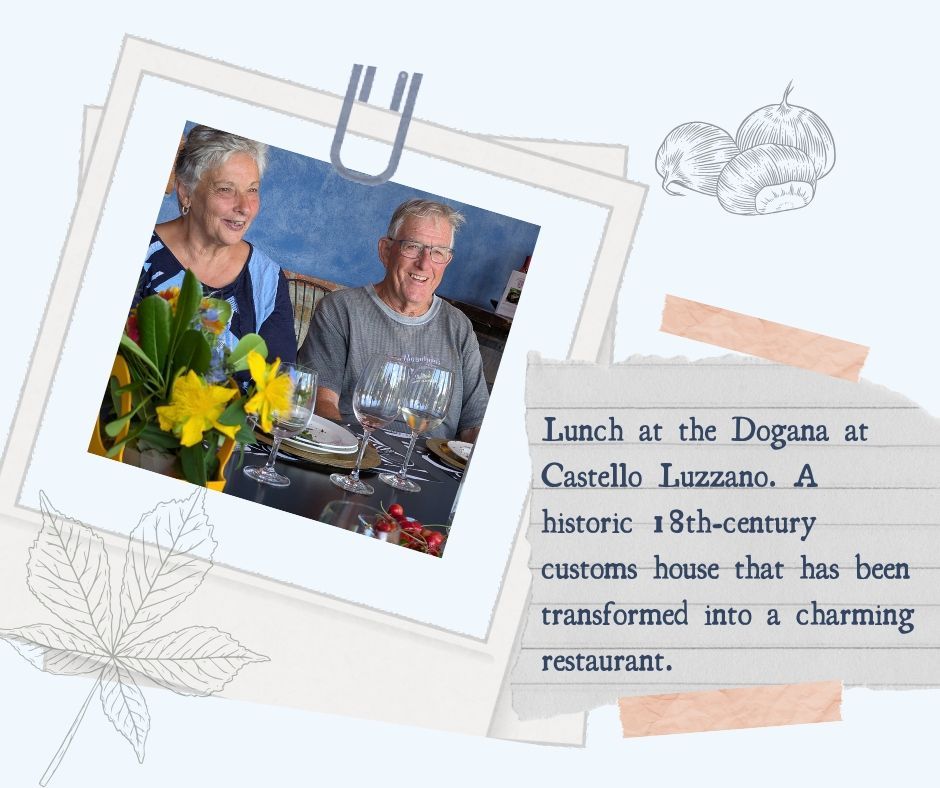How to Cook Like Nonna - Just Enough, But Not Too Much!
If I could bottle the smell of my nonna’s kitchen I would make a fortune. There was never one overwhelming smell, but instead there was a harmonious blend of sweet and savoury in her kitchen. It gave me such a comforting feeling inside. Simplicity and quality ingredients were the key factors in her heavenly dishes(it also helped that non no had a taken over the backyard with his awesome vegetable patch).Tasty cooking is all about simple recipes using only a few ingredients and prepared using straight-forward techniques. Forget about the celebrity chefs and fancy restaurants-the essence of Italian cooking is tasty and simple hearty home cooking!
Antithesis to the Aussie buffet
Italian cooking is also the antithesis to the Aussie buffet or dinner party, where we all bring a‘ plate’ and share the food. Italian recipes typically feature only a few select ingredients. For a primo or first course, you typically have a starchy ingredient like pasta or rice, which acts as a foil for a condimento or flavouring ingredient, be it tomato or another vegetable. For a typical secondo or second course, you will be working with a single type of meat or fish, prepared simply with a few seasoning ingredients. Therefore, the quality of the ingredients you are working with will mean all the difference to the quality of the dish.
Micro - Climate
The harsh truth is that truly authentic Italian food is not really possible to reproduce outside of Italy, simply because the products of the soil are so essential to Italian cuisine.
Italy produces some of the best — if not the best — fruits and vegetables in the world; tomatoes that taste
intensely of tomato; peaches that burst with flavour, and so on. I have friends in Italy that even say it makes a difference to eat the food whilst ‘in’ the food’s region, not just food ‘of’ a particular region. For example, Italians will say you should eat the apples while in Trentino -Alto Adige, or the tomatoes while in Napoli; or have pesto Genovese whilst visiting Genoa.
In their minds the heart of soul of the food is aligned with the history, tradition and micro -climate of the area you’re eating it in.
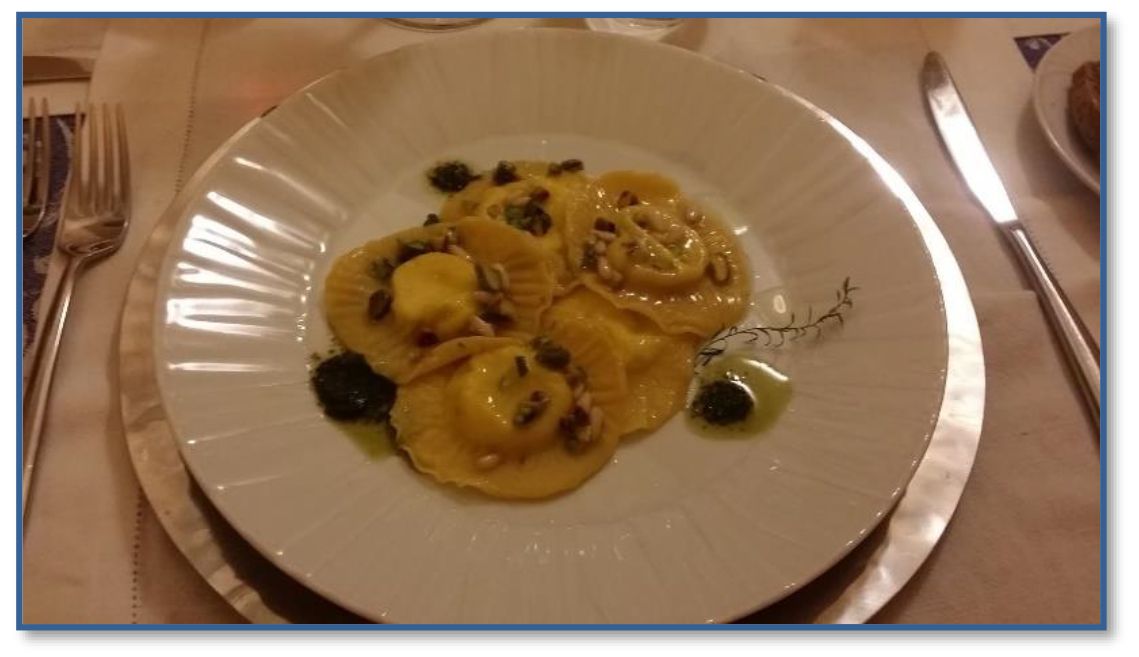
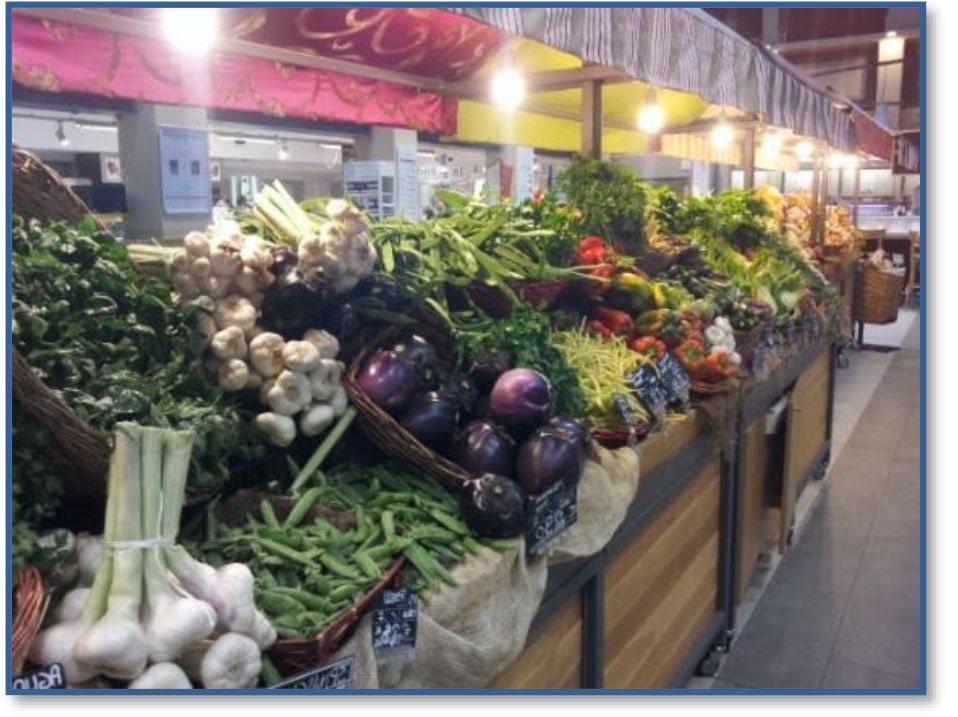
Best Ingredients
To recreate that wonderful Italian taste in your dishes it is important to buy fresh, good quality ingredients. Local, organic produce almost always tastes better. Produce that is grown far away is typically picked while it is still unripe, so it will not be damaged while it is shipped across country. This means that the fruit or vegetable never has the chance to develop its full flavour. Fresh, ripe produce will smell of what it is, so be ware of odour less fruits and vegetables. Look for smaller vegetables if you can. This may sound like odd advice, but smaller vegetables tend to have more flavour and texture. Italians prefer the younger, sweeter vegetables that they call primizie, for their superior flavor and texture, especially in the spring. Of course, if you are going to the trouble of looking for the best quality local produce, then you will want to eat in season. Fruits and vegetables are not only cheaper when they are in season, they just taste better. And this way you will stay more aligned with the spirit of authentic Italian cooking.
Keep Tasting Your Food
Learn to season your food. There is no more important skill in Italian cooking, than knowing how to season food, in particular the use of salt. You should learn to season enough, but not too much. A lot of cooks think that people can always add salt at the table if they want to. But they’re wrong about that. Of course salt can be added at the table, but added salt to food after it’s cooked (while it has it’s place as a cooking technique) is not the same as salt added while cooking. And salt does not simply add flavour, it changes the chemistry of a dish. Salt draws out moisture and heightens flavour. For example you cannot make a proper broth with out adding salt to coax the flavours of the meats into the liquid. A similar rule can be applied to other seasonings, like garlic, herbs and spices. Use them fresh, never dried, except maybe for oregano. And use them with discretion. Use enough to heighten flavours, but never so much to draw too much attention to them—unless, of course, that is the explicit intention of a recipe.
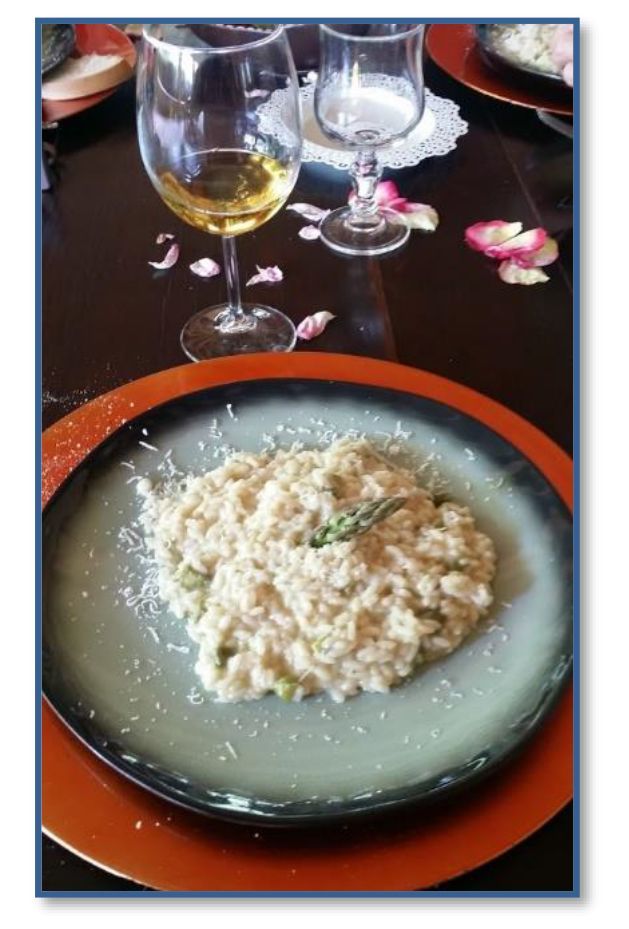
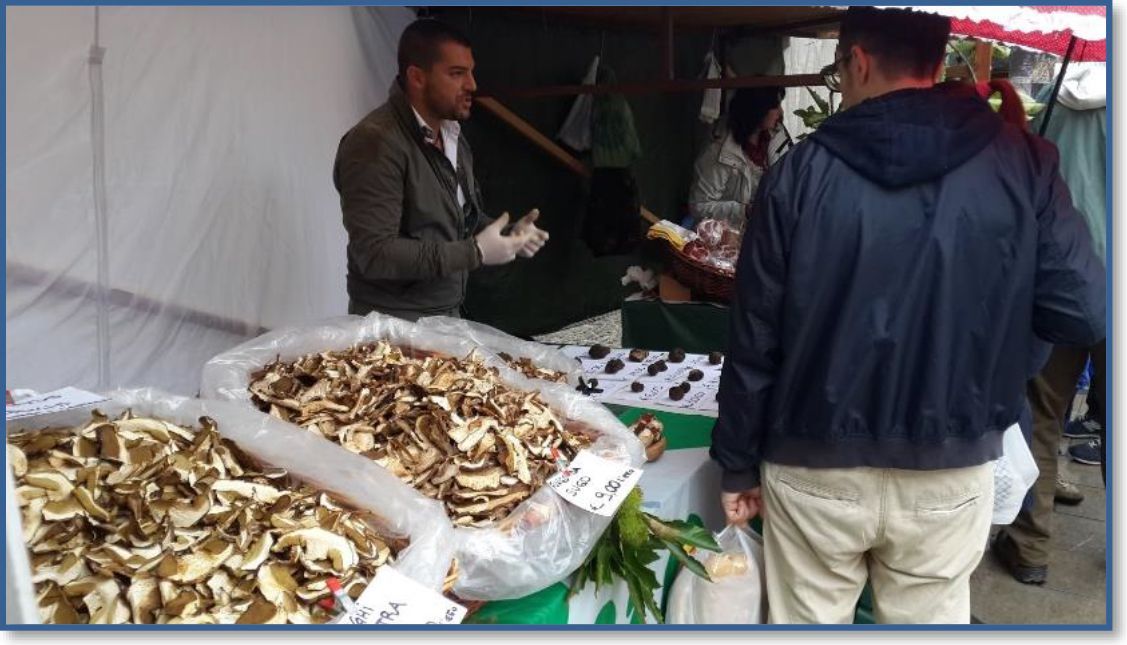
The ‘Holy Trinity’ of Onion, Carrot and Celery
Learn to make a soffritto. There are some basic techniques that are fundamental to Italian cooking. One of the them is the soffritto. The soffrittois the first step in many, if not most, savoury Italian dishes. Aromatic vegetables and other flavourings are sautéed in fat(typically olive oil and/or butter)and when the vegetables have ‘melted’, they lend their flavour to the cooking fat. The main ingredient is then added and it absorbs the soffritto’s aromatic flavours. More than any other technique, this is the one that gives Italian cooking its characteristic flavour and makes even simple dishes so tasty. The classics of fritto Italiano, includes the ‘Holy Trinity’ of finely chopped onion, carrot and celery. Parsley and/or other herbs, as well as pancetta, can sometimes be added for extra layers of flavour. The most important thing about a soffritto, however, is to cook it gently and long enough to allow the aromatics to fully release their sweetness into the oils. A soffritto should never brown or, God forbid, burn.
Learn to Use Wine
Many Italian dishes use wine, most commonly white wine. Typically, a splash of white wine is added to the main ingredient just after it has sautéed with the soffritto. The wine is evaporated completely over high heat before proceeding to the next step. In this way, the wine adds a slight acidity to the dish which counters the sweetness of the soffritto. It loses almost all of its alcohol content and the dish itself should not taste in any way ‘wine-y'.
Be Patient
Take the time you need. Italian food can be quick, but it is never rushed. It’s never ‘fast’ food. Things need to cook for the right amount of time, no more, no less. Sometimes that means that you can make a dish in only a few minutes, which is true of many pasta dishes. However, there are also the slow-simmering sauces and stews that require hours to cook. There is no way to skimp on this process without sacrificing flavour. For example, there is nothing quite so insipidas an undercooked ragù alla bolognese. Yet if you let it cook for its allotted time (usually four hours) it becomes such a rich heavenly sauce.
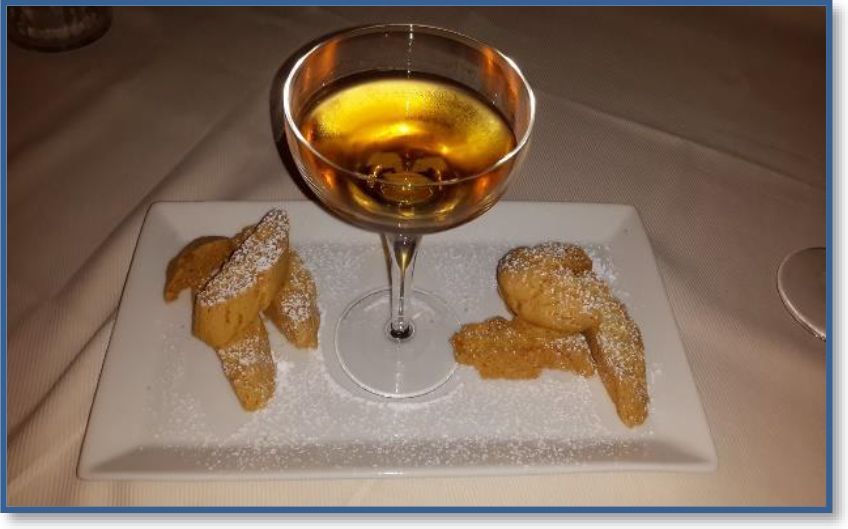

Enjoy
Take time to enjoy what you are eating. Enjoy the smell and the taste. Italians can talk endlessly about what they are eating. It is a pleasure to listen to, but it also really increases your appreciation of the meal.
Book your journey now and immerse yourself in the unique tastes and aromas of NW Italy's renowned gastronomy and vineyards.
Buon Appetito!

